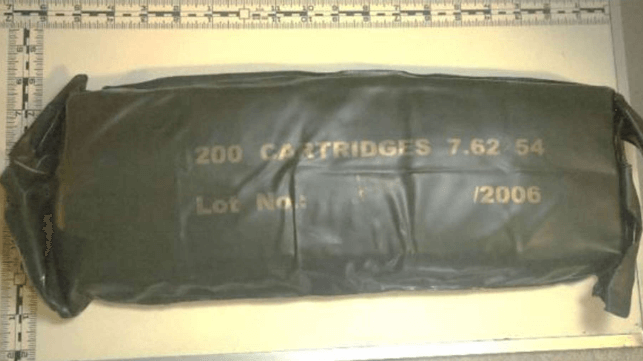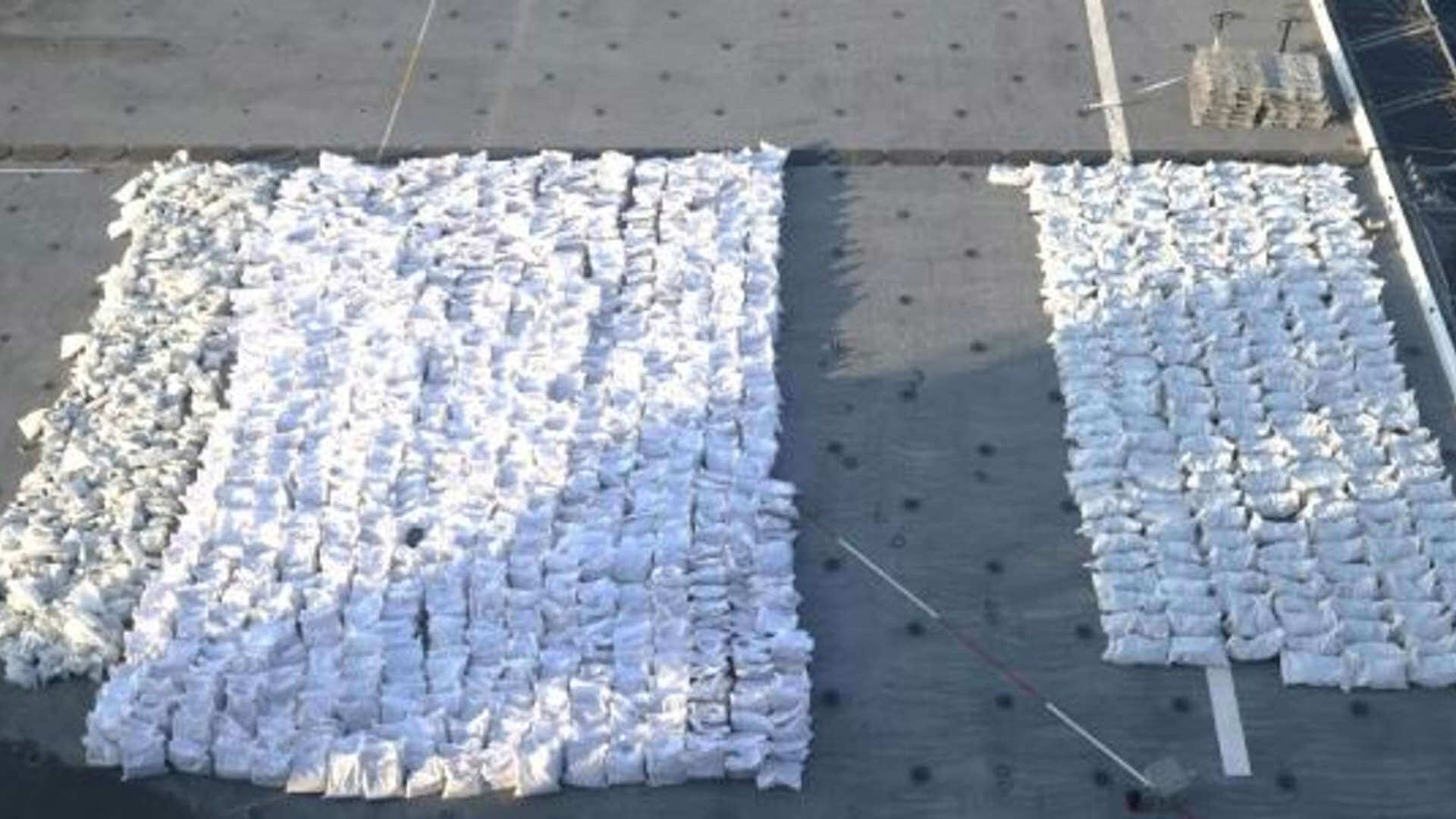U.S. Seizes Iranian Ammo From a Dhow and Sends it to Ukraine

When a U.S. Navy warship seized a large stockpile of Iranian rifle ammunition from a stateless dhow last year, the crew knew that they were reducing the potential for conflict in the Middle East - but they might not have guessed where the munitions would end up.
The Navy regularly boards and inspects dhows in the Gulf of Oman and Arabian Sea in an attempt to interdict illicit drugs and weapons shipments. In particular, they are interested in blocking the transfer of weapons to Tehran's proxy forces in Yemen, the Houthi rebel group. A UN Security Council resolution prohibits weapons transfers to the Houthi faction.
In December, U.S. Central Command forces boarded the dhow Marwan 1 while it was under way to Yemen. The cargo on the ship turned out to be munitions from the Islamic Revolutionary Guard Corps (IRGC) for use by Houthi forces. In keeping with UN requirements, it was confiscated and stored.

Following a judicial tranfer process, the U.S. government has donated the shipment of ammunition to Ukraine for use in fighting the ongoing Russian invasion. The consignment totals about 1.1 million rounds of small arms ammunition, including the Soviet-standard 7.62 x 54mm cartridge.
“With this weapons transfer, the Justice Department's forfeiture actions against one authoritarian regime are now directly supporting the Ukrainian people's fight against another authoritarian regime. We will continue to use every legal authority at our disposal to support Ukraine in their fight for freedom, democracy, and the rule of law," said Secretary of Justice Merrick Garland.
The transfer is significant, adding to the 300 million rounds of small arms ammunition that the U.S. has sent to Ukraine so far. It also marks the first time that a seized weapons consignment has been transferred to Kyiv from Central Command, a spokesperson told the AP.
Iranian weapons are already common in Ukraine - in Russian hands. Iranian-built Shahed suicide drones have been used repeatedly by Russian forces to attack civilian targets, including grain port infrastructure.
